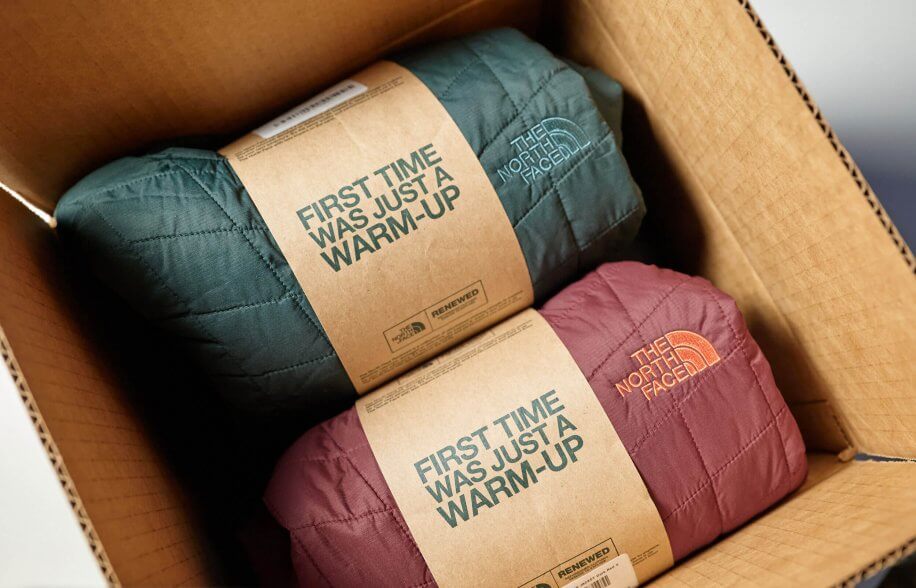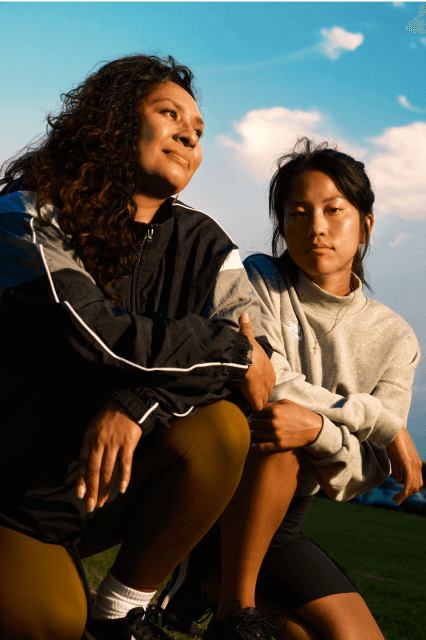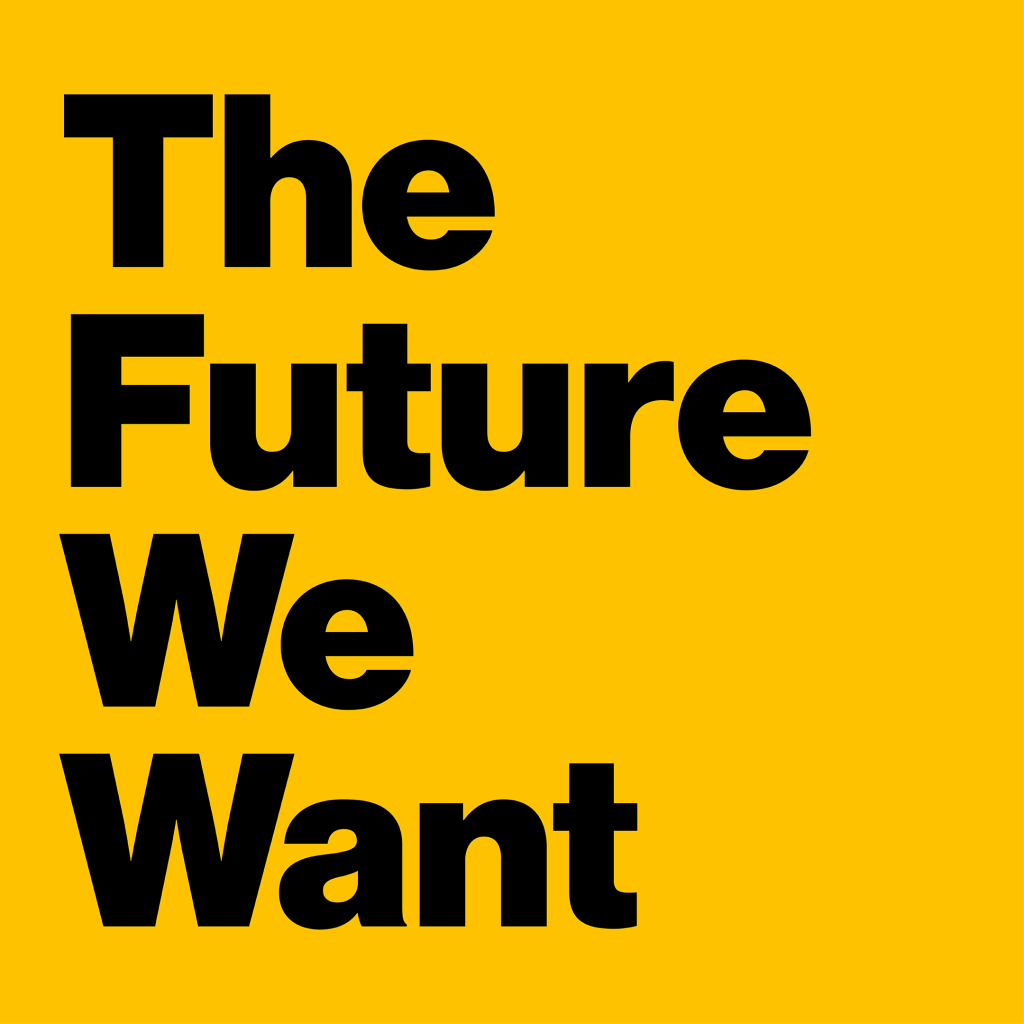Love, Loyalty & Lifestyle: Making Circularity Irresistible

You might know the circular economy by some of its common names – thrifting, upcycling, swapping, recycling, second-hand goods, rental, resale, repair, or even composting. Any time goods or materials are resold or reused rather than disposed of, that’s the circular economy in action. Designed like nature’s systems where there is no such thing as waste, the circular economy is nothing new (no pun intended); reusing goods has been a common social and cultural practice for ages.
But recent innovations in circular business and brand design are attracting new participants and making it one of the most exciting – and profitable – opportunities in retail today.
A mighty combination of consumer demand for affordability, sustainability, and unique style has led to secondhand becoming a $197 billion industry that brands are racing to take advantage of. Beyond fashion and apparel, circular models are also growing across electronics, sporting goods, consumer packaging, and retail of all types.
However, innovation in circularity is not just about designing new reuse systems. In order to unlock the success of these systems and move people toward circular behavior we also need to tell new stories that move us from a place of obligation and burden (Save the planet! Stop wasting bags!) to one of simplicity, joy and desire. When regenerative systems and stories combine, that’s where brands differentiate, break through, and pave new ways forward for their categories.
Lauren Yarmuth, the former head of circular design at IDEO, reinforces the role of human connection and culture in unlocking the circular economy, “What if the limitations to realizing a circular economy lay not only in new and innovative approaches, but also in enabling cultural conditions critical for them to take hold? What if the role of business needs to start, not just with circular practices, but with designing for connection between people?”
To unleash the power of circular design at scale, brands require an understanding of the cultural conditions at play. Here are five design principles that we’ve learned from our work with brands helping to lead the way.
5 Principles of Designing for Circular Behavior

1. Design for Human Truths
Circularity is only successful if people actually want and desire the systems we’ve designed. This is especially true when consumers are an intrinsic part of the circle, as is the case in many takeback and resale programs. Or when we’re asking people to shift a well-worn behavior like using disposable products for everyday household use.
In working with Target to create their reduced-waste collection, Target Zero, we identified the dynamic tension people feel when balancing the products they love and need with the waste in their lives. Honoring this dynamic tension helped Target create and curate products and packaging solutions designed to be refillable, reusable, compostable – even eliminate packaging completely – and feature them via in-store endcaps and as a curated platform on Target.com.
The Takeaway: Start with sensing and serving a deeply felt human need.

2. Design for Access
To ensure maximum usefulness of circular products and services, it helps to design for those at the extreme ends of the behavior spectrum. In the social sector, this is sometimes called the “curb cut effect” for the way sidewalks are often designed for accessibility. A curb that’s cut to allow someone in a wheelchair to roll easily across an intersection happens to also be useful for many others – parents pushing strollers, elderly people with walkers, a delivery person rolling a dolly. A feature designed to provide access for specific users ends up benefiting everyone in the community.
In our partnership with the resale platform Recurate, our study of shoppers revealed that people not yet engaged in resale see the many benefits of participation – save money, reduce waste, score unique items – if only we could remove barriers to participation.
Like the curb cut effect, Recurate designs for the full spectrum of brands and consumers in the circular economy. Their accessible, tech enabled resale service lets brands seamlessly integrate resale into their ecommerce by turning consumers’ closets into their inventory – no takeback program or warehouse necessary. And for shoppers, Recurate maximizes trust and loyalty by placing resale items from their favorite brands right alongside new apparel and gear.
By making it accessible for everyone to purchase secondhand items in one brand-led shopping experience, Recurate is bringing more people into the circular economy while helping brands enjoy the benefits of increased shopping baskets, repeat purchases, brand loyalty, and a positive impact on the planet, too.
Takeaway: Solve for the extreme ends of the behavior spectrum to unlock exponential benefits.

3. Design for Ease
While making awesome secondhand finds accessible is one challenge, making a new circular behavior easy to adopt is another. Especially when the wasteful version is so deeply ingrained in our day to day.
For decades we’ve been trained to expect disposable packaging at the point of sale. Coffee cups, plastic bags, to-go containers. Convenient? Yes. Sustainable? No way. Gradually as a culture we are unlearning this wasteful routine, but there’s a long way to go before we’re all bringing our own containers everywhere we go, because the disposable option is still the easiest and default choice.
To get people to adopt a new behavior, it can be helpful to stack it with existing behaviors so it simply slips into an established routine. This was the behavioral logic that inspired our recent creative collaboration with Closed Loop Partners to make bringing your own shopping bag as automatic as bringing your phone, keys, and wallet when leaving the house.
Closed Loop Partners’ Center for the Circular Economy manages the “Beyond the Bag” Consortium – a partnership in which national retailers are working together to design bag waste out of the shopping experience. Recent beta tests in Denver and Tucson – supported by BBMG – eliminated the use of up to 2.4 million single-use plastic bags over the three-month campaign, and 76 percent of customers report bringing their bags more often following the effort. Gentle nudges with minimized lift that fold right into people’s well-worn routines have been the key to their success.
Takeaway: Ride an existing behavior or norm to make circularity the easy choice.

4. Design for Reciprocity
Another way to get consumers to go circular is to reward them when they participate. Target incentivizes guests to return old car seats for recycling by offering them credits for in-store purchases of new baby gear. Starbucks offers a discount when people bring their own mug, and they recently expanded the offer to mobile and drive-thru orders, too. The idea of mutual benefits is a no brainer, and hey – it works.
Our client, Just Salad, the first quick-serve restaurant chain to carbon label its menu, also offers the world’s largest and longest-running restaurant reusable bowl program. When customers purchase a reusable bowl they earn a free topping (like avocado!) every time they reuse it. The reusable bowl program avoids nearly 25,000 lbs of single-use packaging waste per year, and after just two uses, greenhouse gas emissions and water use are reduced compared to single-use bowls. And they’ve offered this program since their founding in 2006, like way before BYO was cool. Today the chain has grown to over 80 locations and it’s among the top five restaurant chains in terms of sales growth.
Takeaway: Align rewards and relationships to instill new habits together.

5. Design for Pleasure
While we may feel proud to shout out the environmental friendliness of a circular innovation, there may just be something more intrinsically fun, exciting – or dare we say sexy – motivating people to participate. And that should be the headline when it comes to marketing.
A recent source of inspiration for our team has been the writing of adrienne maree brown on, among other things, “pleasure activism.” She makes the case that the work to right wrongs in society can and should also be a source of joy and pleasure, a way for us to feel whole, happy, and satisfied. Why not take that same approach to moving people towards sustainable behavior?
When BBMG worked with The North Face to brand and launch their refurbished product line, The North Face Renewed, an “ah ha” moment for us was when we learned that for their target audience of younger outdoor apparel buyers, style, performance and access to adventure were more motivating than simply being sustainable – though that mattered, too. So our brand story to launch the collection was all about celebrating the “Revival of the Fittest” and “Clothing Remade to Explore More More More.” That it’s also an exciting way to significantly reduce the environmental impact of the apparel we buy offers the added win.
Takeaway: Make it a want to do, not a have to do.
Most of us want to do the right thing by the planet, but the truth is that ingrained habits and the immediacy of convenience can get in the way of making circularity the obvious choice. By designing for deeply-felt human needs and optimizing for access, ease, reciprocity, and pleasure, we can create more products, services and experiences that people love, that disrupt categories, and that shift behavior toward a regenerative future for retail where recommerce goes on and on and on.
For more on this topic, check out our interview with two circular visionaries – Closed Loop Partners’ Kate Daly and circular economy entrepreneur John Atcheson – on BBMG’s podcast, The Future We Want: Accelerating the Circular Economy.
This article originally appeared on SustainableBrands.com


